If you are considering an energy-efficient lighting retrofit it’s important to understand energy and lighting terms. Picking the most efficient lighting starts with an understanding of the lingo so you can make the right choices when it comes to your facility. So, let’s break down five important lighting terms that every person doing their lighting due diligence should know.
Need to Know Lighting Terms
Watt (W):
Watt is the electrical unit for the rate at which energy is generated or consumed. Watt-hours are a measurement of energy, describing the total amount of electricity used over time. So, for example, a 15-watt LED light bulb draws 15 watts of electricity at that moment in time. In Watt-hours, the 15-watt LED bulb draws 15 watts and uses 15-watt hours of electricity in the course of an hour. Interesting fact: The term “watt” was named after the 19th-century scientist James Watt best remembered for his major contribution to the invention of the steam engine.
Kilowatts (kW) & Kilowatt Hours (kWh):
Kilowatt is a measure of power, and kilowatt-hours is a measure of energy. Energy is defined as the capacity to do work such as creating light. Back to the LED light bulb example – if you run a 15W LED bulb for one hour you have used 15W hours since a kWh is 1,000 watt-hours. In other words, .0015 kWh is the amount of energy you need to run a light bulb for an hour. Compare that to a 60W incandescent light bulb that would use 60 watt-hours or .006 kilowatt-hours.
Lumens/Watt:
This is a unit of measurement for a term called luminous efficacy. Luminous efficacy can be explained as a description of the amount of illumination (lumens) that you get from a given amount of power (watts). It is a common misconception that higher wattage equals higher light output. With LED technology, this is not the case. LED’s can emit the same, if not more light than an incandescent/fluorescent bulb while consuming less power. You want to maximize lumens while minimizing the power required to produce them. This will help to decrease your energy costs over time.
Foot Candle & LUX:
In the lighting industry, foot-candles are a common unit of measurement used to calculate adequate lighting levels of workspaces in buildings or outdoor spaces. A single foot-candle is equivalent to the amount of light that falls on a surface that is one foot away from the light source. The difference between the foot-candles and LUX is that the foot-candle uses the imperial standard measuring system (feet, pounds, etc.), while the LUX uses the metric system. For example, 1 foot-candle = 10.764 LUX. Click here for a foot-candle light guide.
Correlated Color Temperature (CCT):
This is a measure used to express the color appearance of the light put off by a certain bulb, measured in Kelvins (K). It is also referred to as CRI (Color Rendering Index). It’s essentially a gauge of how yellow or blue emitted from a light bulb appears. The most commonly found Kelvins are between 2200 Kelvin degrees and 6500 Kelvin degrees. The warm light sources, like an incandescent bulb, would be in the lower range (2200-3000K) and are more in the orange/yellow range. Cooler light sources, like some fluorescent and HID, are greater than 4000K, have more light and in the blue range. With LED your options have become almost limitless.
Lighting Term Conclusion
We understand that learning new lighting terms isn’t always a pleasurable experience. However, knowing the industry jargon can help you better understand the literature and documentation, product specifications, and inevitable discussions with sales reps. To speak with a lighting specialist about your upcoming lighting project, contact Action Services Group by calling 610-558-9773, email [email protected], or schedule a call that fits your needs by clicking the button below.

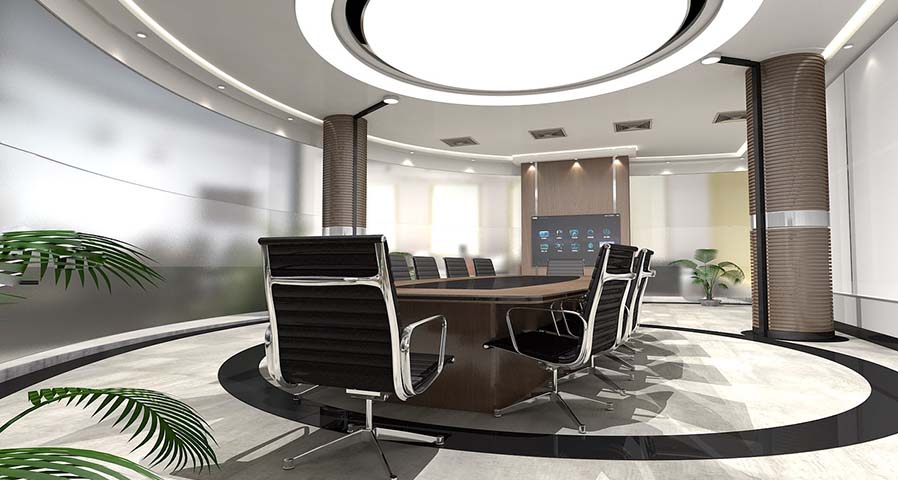
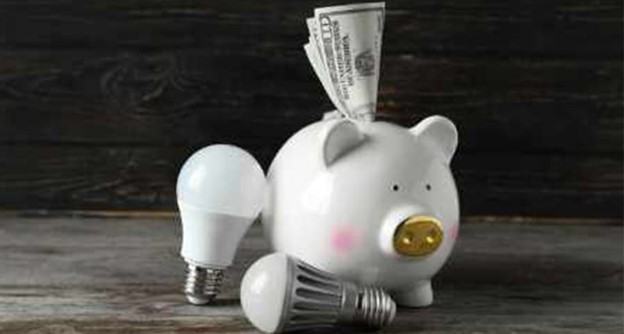

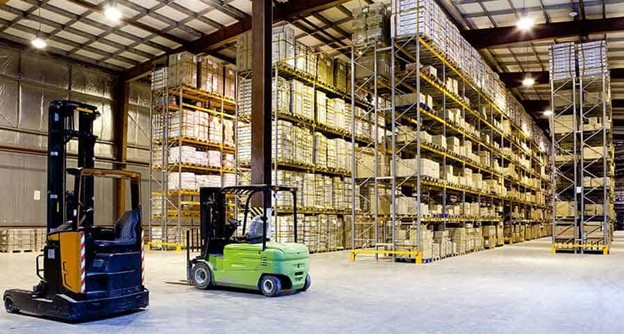
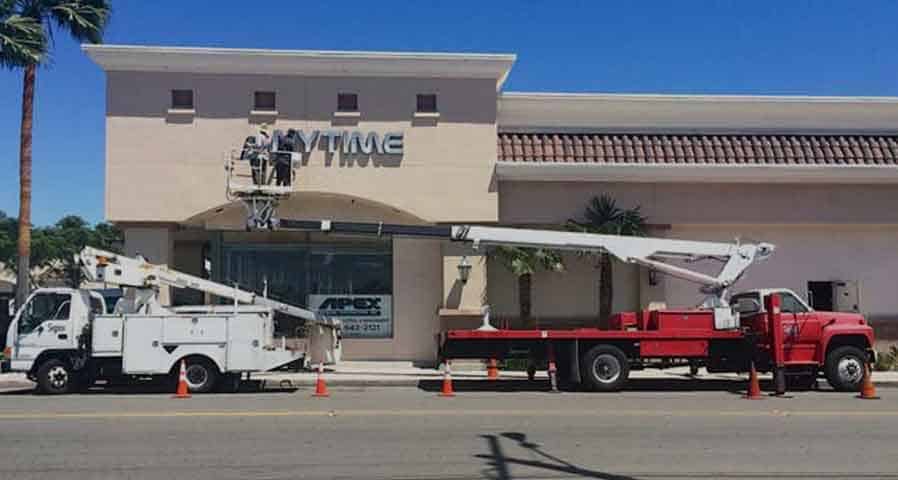

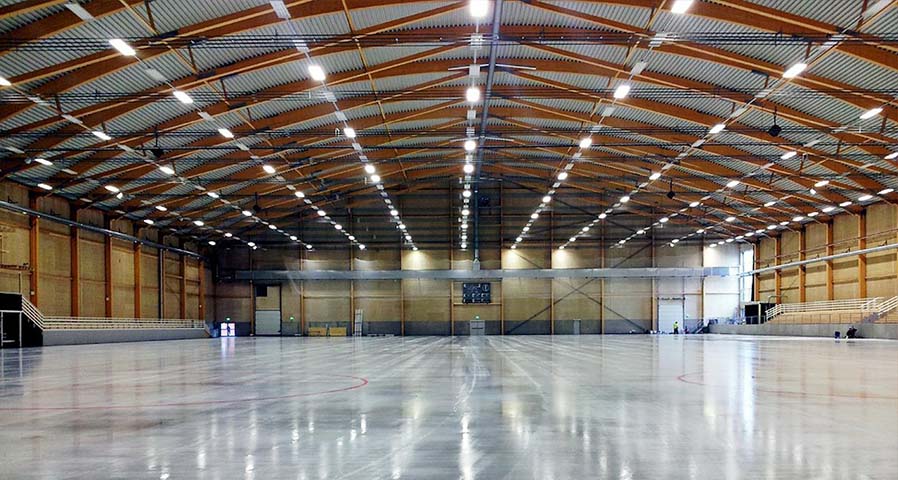








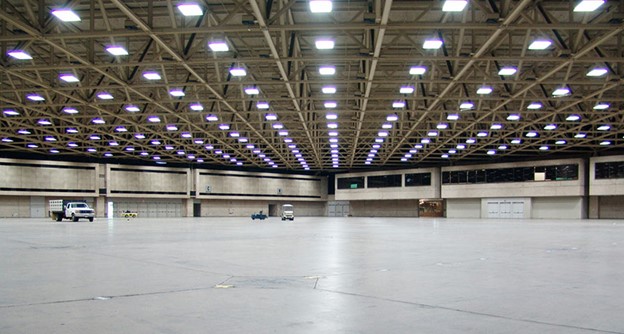
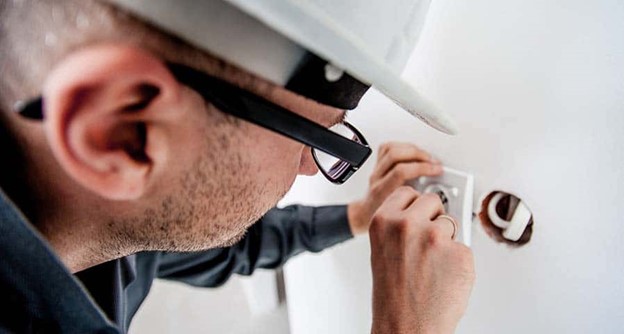


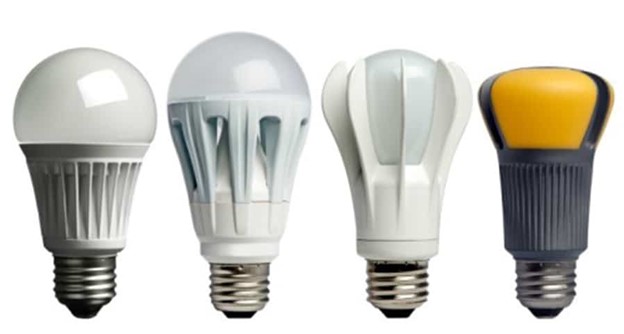
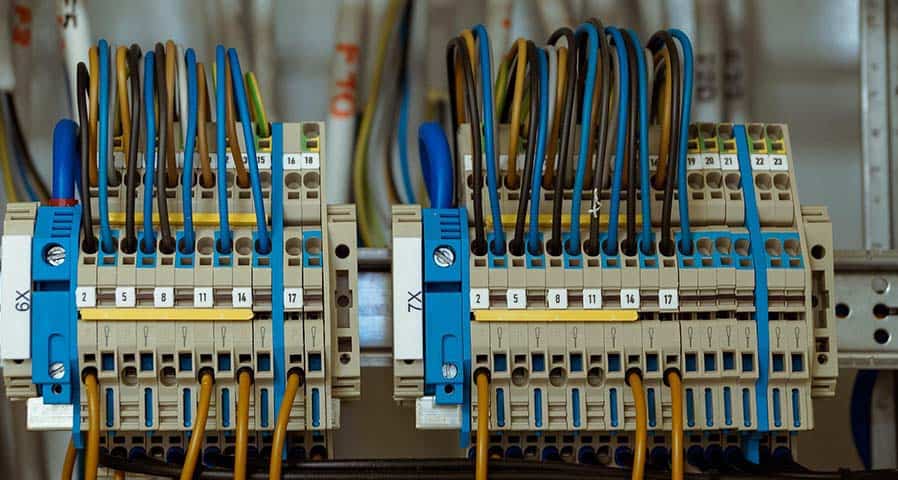
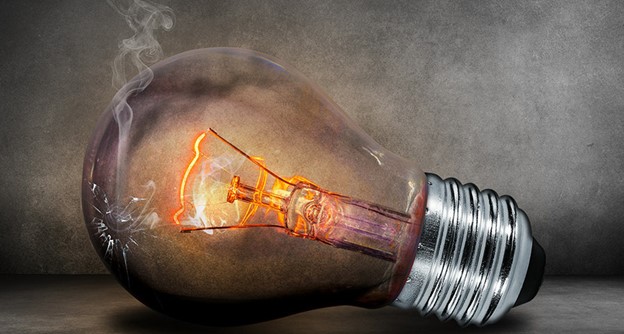


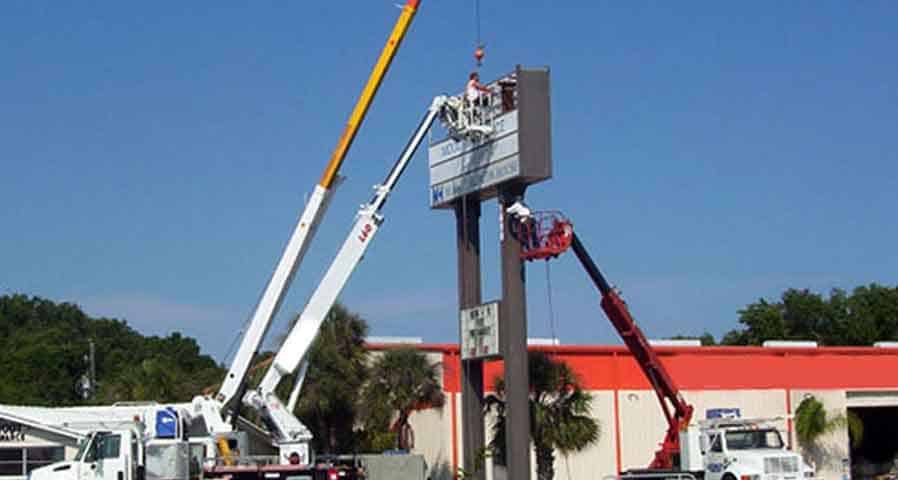

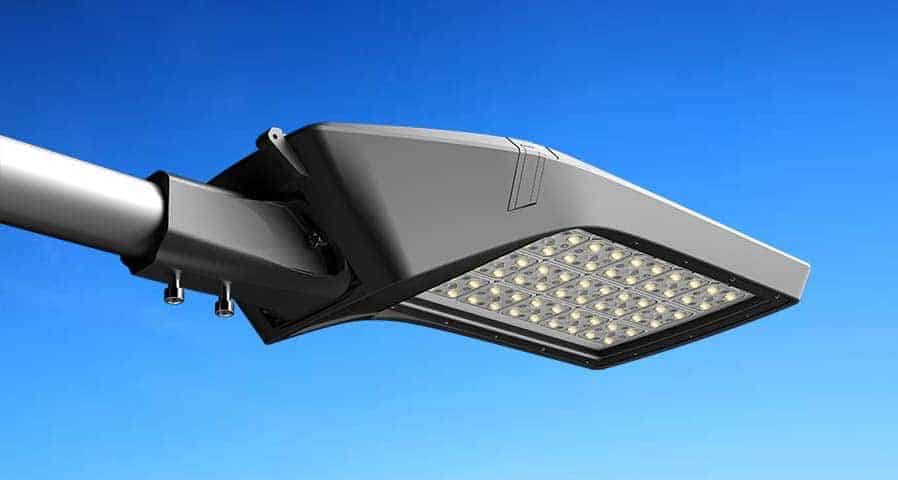
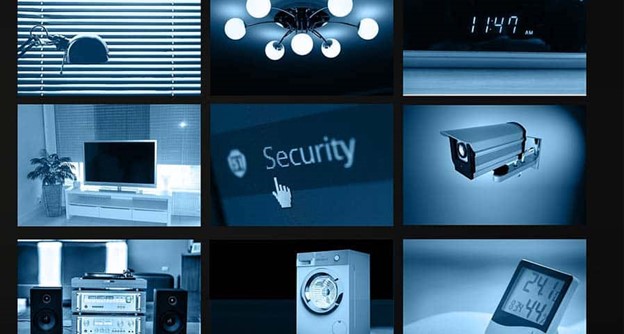

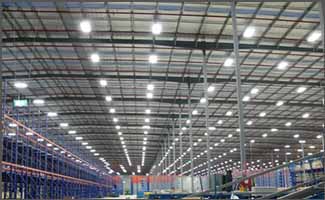







0 Comments